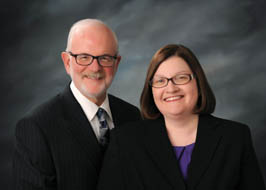Cathy Moran, my blogging colleague on the Mortgage Law Network, discusses whether you should prevent foreclosure and keep the house. Walking away from the house is one solution for a homeowner who can’t afford to repay the mortgage loan balance and the house is worth at least as much as you owe. A deficiency judgment, if one is taken in the foreclosure, can be discharged in bankruptcy. Here is a pay or go calculator to help you assess whether you should walk away from your mortgage.
Strict Deadlines Apply to Discharge Challenges
Section 704(b) requires that the U.S. Trustee file a statement of abuse within 10 days after the date of the first meeting of creditors and a motion to dismiss for abuse within 30 days after filing the statement. Judge Julie A. Robinson of the Kansas District Court on appeal affirmed the Bankruptcy Court’s ruling that the U.S. Trustee cannot manipulate and extend these deadlines by continuing the meeting of creditors to later date–the first meeting is the first meeting. When the U.S. Trustee filed its statement of abuse after a continued meeting of creditors, weeks after the “first” meeting, the Courts agreed that the statement and subsequent motion to dismiss were untimely, and Debtor’s chapter 7 discharge was allowed to stand.
In re Close, Case No. 07-2076-JAR, Bankruptcy case No. 06-20195-7, Turner UST v Close.

